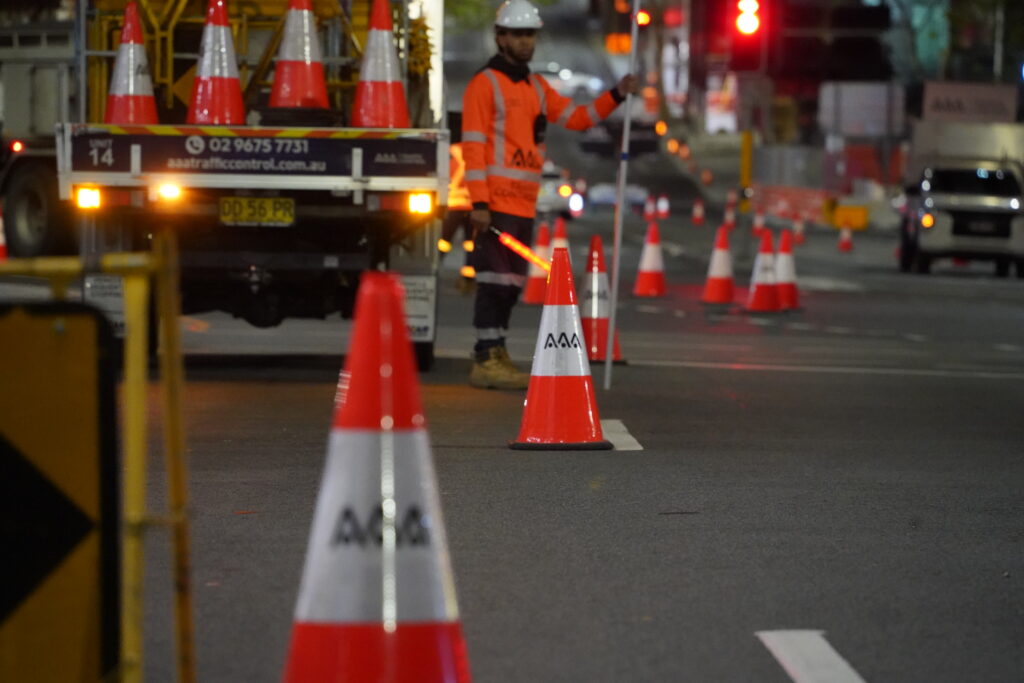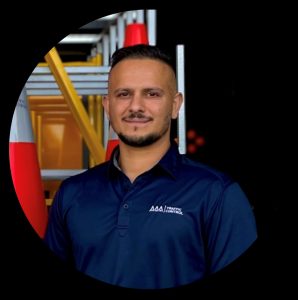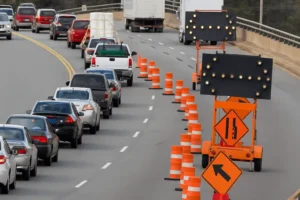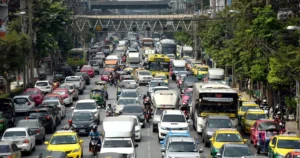Emergency traffic control jobs don’t come with warnings. Whether it’s an unexpected road hazard, urgent utility repairs or a vehicle breakdown during peak hours, knowing what to do and who to call can be the difference between chaos and control.
In this article, we walk through the key steps that help site managers, project supervisors and council teams quickly and professionally respond to traffic control emergencies in Sydney.
1. Assess the situation immediately
The first priority is understanding exactly what you’re dealing with. Emergency traffic control situations can range from minor incidents requiring temporary lane closures to major events that shut down entire road sections.
Start by gathering key information:
- Location details and access points
- Expected duration of work
- Type of work or incident involved
- Current traffic volume in the area
- Any immediate safety risks to the public or workers
Document everything from the beginning. Take photos of the site, note weather conditions and record when the emergency began. This information becomes crucial for permit applications and insurance purposes later.
2. Determine permit requirements fast
Sydney councils and Transport for NSW (TfNSW) have clear rules for emergency road work. While formal approval is still needed in most cases, some councils offer faster permit processes during emergencies.
Expect to need a Road Occupancy Licence (ROL) or consent under Section 138 of the Roads Act. Some councils may allow work to begin with a notification, but others require permits regardless of duration. Always check with the relevant council directly.
3. Deploy traffic controllers quickly
Certified traffic controllers are essential for safe emergency operations. The personnel you deploy must hold current TfNSW accreditation and understand how to manage traffic in high-stress situations. From there, it’s all about placing them effectively and ensuring they’re fully prepared for what’s happening on the ground.
- Position controllers at both ends of the work zone before any equipment arrives on site. This prevents traffic from entering an unsafe area and gives you control over the situation from the start.
- Brief your team on the specific emergency scenario. Controllers need to understand whether they’re managing a water main repair, electrical fault or accident scene, as each situation has different safety requirements and public interaction protocols.
- Ensure controllers have proper communication equipment. Two-way radios are essential for coordinating between team members, especially when visual contact isn’t possible due to distance or road layout.
4. Set up equipment and signage
Emergency traffic control requires specific equipment deployed in the correct sequence.
- Start with warning signs positioned before the work zone. Variable message signs are particularly valuable during emergencies, as they can communicate changing conditions, expected delays or alternative routes to drivers in real time.
- After warnings are in place, barriers and delineation devices should be installed to separate work areas from traffic lanes clearly. If visibility is low due to early hours or bad weather, additional lighting should be included.
- For high-speed areas, use truck-mounted attenuators to protect both crews and drivers. These safety vehicles help absorb any unexpected impact and act as a strong visual alert.
5. Coordinate with multiple stakeholders
Sydney emergency traffic control rarely happens in isolation. You’ll typically coordinate with several parties simultaneously:
- The primary contractor or utility company managing the emergency work
- Local council traffic coordinators
- Police if the incident affects major roads
- Emergency services if public safety is involved
- Sometimes nearby businesses or residents
To manage all these moving parts, establish clear communication protocols from the beginning. Designate one person as the primary contact point to avoid confusion and ensure consistent information flow.
As the situation evolves, keep all parties updated on changes to traffic management arrangements. If the emergency extends longer than expected or requires additional road space, everyone needs to know immediately.
6. Monitor and adapt throughout the emergency
Emergency traffic control is dynamic. Conditions change as work progresses, traffic patterns shift throughout the day and unexpected complications arise.
To keep things running safely, station someone to monitor traffic flow continuously. Long delays or dangerous backing up may require adjusting the traffic management approach, opening additional lanes or implementing temporary traffic signals.
On top of that, be prepared to scale up resources if needed. What starts as a minor disruption can quickly become a major incident requiring additional equipment or emergency traffic control solutions.
7. Complete documentation and follow-up
Once the emergency work is finished, the focus should shift to documentation. Complete all required permit paperwork, including actual work times, any variations from the approved traffic management plan and details of any incidents or complications.
From there, submit final reports to councils within their specified timeframes. Late submissions can result in penalties or difficulties obtaining future permits.
It’s also worth holding a brief review with your team to identify what worked well and what could be improved. These lessons become valuable references for handling similar situations more effectively.
Get professional emergency traffic control support with AAA
Handling emergency traffic control requests successfully requires preparation, quick decision-making and qualified teams who understand Sydney’s traffic management requirements.
At AAA Traffic Control, we specialise in rapid emergency response across Sydney and NSW. Our experienced team handles permit applications, provides certified traffic controllers and delivers the equipment you need to manage unexpected situations safely and efficiently. We can have personnel on site within two hours, because when things go wrong, you need the right people there fast.
We’re known for getting the job completed where others may fall short. Many of our current clients come to us after their previous provider failed to show up on time or didn’t have the resources to get the job done properly. In those moments, we step in, mobilise the right crew and get the plans in place.
Ready to discuss your emergency response needs? Contact us to get started, or explore our other solutions for more professional traffic management services in Sydney.






